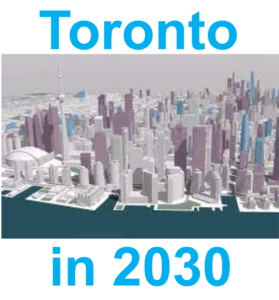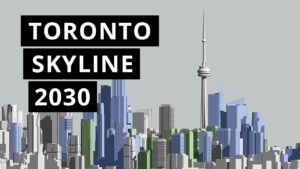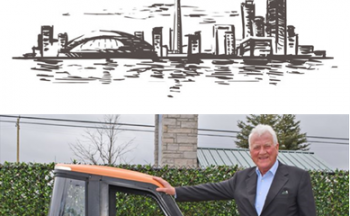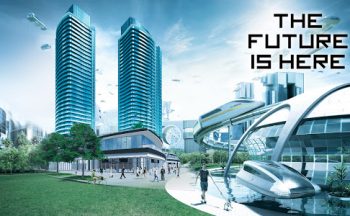 May 2022
May 2022
By 2030 Toronto will have a population of 8 million, on its way to 10 million by 2045. Toronto will be one of the most diverse megacities if Ontario government projections are correct. Toronto and the GTA will represent more than 50 percent of the provincial population, up from 47.8 percent in 2018, and account for 82 percent of the province’s growth.
Population estimates combined with insights from Canada 2030: The Defining Forces Disrupting Business, published by the Conference Board of Canada, offer a glimpse of what Toronto will be like in 2030.
 We can expect further high-density, and interest in high-rise living for housing. Demand for smaller living spaces will grow with more popular areas being those that maximize livability – quality amenities and common areas, – walkability and access to transit. Areas currently limited to single-family housing, accounting for an estimated 70 percent of residential neighbourhoods, will be redeveloped to incorporate mid-rise and high-rise residential buildings.
We can expect further high-density, and interest in high-rise living for housing. Demand for smaller living spaces will grow with more popular areas being those that maximize livability – quality amenities and common areas, – walkability and access to transit. Areas currently limited to single-family housing, accounting for an estimated 70 percent of residential neighbourhoods, will be redeveloped to incorporate mid-rise and high-rise residential buildings.
The last of the Baby Boom generation will have retired. The population will be more diverse and technologically savvy. The senior population, those 65 and older, will be nearly double what it is today and account for 23.4 percent of the population. This will be both a massive market and a growing burden to Ontario’s health-care services.
Things are likely to be changing, and disruption more extreme, than in prior generations. Electric vehicles, artificial intelligence, robotics replacing jobs, and driverless vehicles will all have advanced further. Transit, housing, pollution, recycling and climate change will all be greater challenges than today.
Electric vehicles are expected to account for up to 50 percent of all vehicle sales. Yet many will prefer public transit and wheels-on-demand – ride sharing and vehicle sharing services – over the cost of personal vehicle ownership, traffic congestion and parking challenges. Much of today’s underground parking will be repurposed or unused.
Traffic congestion will be less of a concern to those relying on the region’s growing transit infrastructure which currently includes new subway lines, bus-only lanes and roadways, and newly developed transit corridors. Continued growth in public transit combined with on-demand vehicle and ride services will reduce use of personal automobiles on roadways.
 Preparations for 2030 have begun.
Preparations for 2030 have begun.







